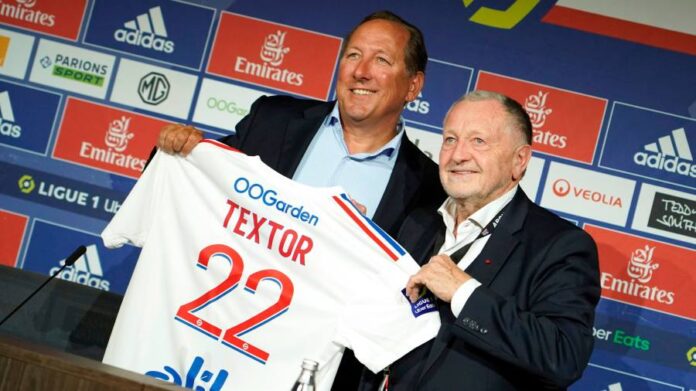The growing appetite among football club owners to hold stakes in multiple teams threatens to undermine the integrity of the game and distort the transfer market, the sport’s European governing body has warned.
Multi-club ownership takes many forms but typically involves investors buying a stake in at least two football clubs. In some cases, it is outright ownership, but in other cases, it can involve controlling one club and having stakes in others.
By the end of last year, more than 180 teams globally were part of a multi-club group at the end of 2022, up from under 40 in 2012, according to Uefa, the Switzerland-based body, which organises the Uefa Champions League, Europe’s top club competition.
The trend is “being fuelled predominantly by US-based investors”, Uefa said in its European Club Footballing Landscape report published this week.
“The rise of multi-club investment has the potential to pose a material threat to the integrity of European club competitions, with a growing risk of seeing two clubs with the same owner or investor facing each other on the pitch,” Uefa said.
Variations of the model have been implemented across leagues. US businessman John Textor’s Eagle Football Holdings acquired French team Olympique Lyonnais in December for €800mn but also owns Brazil’s Botafogo, Belgian tier-two side Molenbeek and a 40 per cent stake in English Premier League team Crystal Palace.
Miami-based 777 Partners, meanwhile, owns Genoa, Standard Liège, Red Star FC in Paris and the Rio club Vasco da Gama, as well as minority stakes in teams including Spain’s Sevilla.
Champions of the model say it reduces financial risks as the ultimate owner can survive even if one of the clubs within the group suffers poor results or relegation to a lower division. However, the model has drawn protests from fans.
While groups are typically banned from owning significant stakes in more than one club in the same country, they can invest across different leagues.
Uefa’s report also cautioned that the increasing prevalence of the multi-club model “has the potential to distort” the transfer market for players because “an increasing percentage of transfers being executed within multi-club investment groups at prices that suit investors, rather than at fair values”.
“Most movement of players within multi-club investment groups is via ‘free transfers’ or loans, meaning that no fees are paid,” it added.
The report added: “With the growth of cross-investment structures, some football investors may now exert control over clubs spanning a cumulative total of a few hundred registered players. The Uefa Intelligence Centre estimates that more than 6,500 players worldwide are registered with clubs belonging to an across-investment structure.”
Credit: Source link














